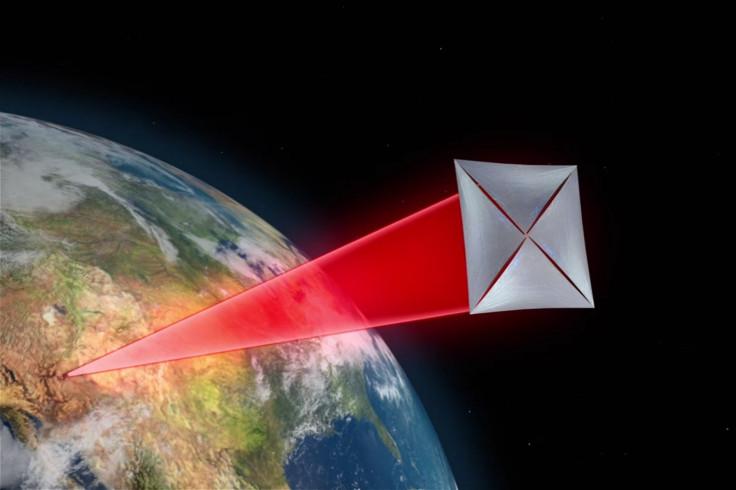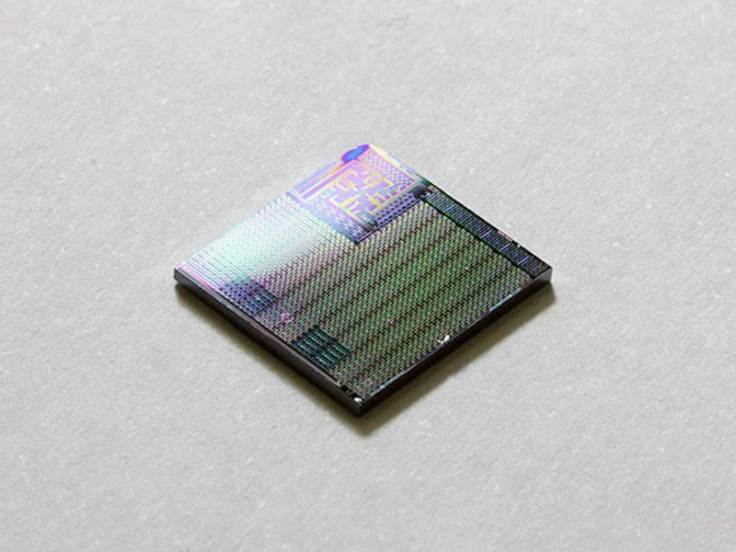Nasa teams up with Stephen Hawking to help prepare tiny spacecraft for epic 20-year journey
Nasa is brainstorming to prevent cosmic radiation from damaging a nano-starship on a 20-year long journey.

Nasa is now working with Stephen Hawking to help realise his dreams of sending a nano-starship to the closest star system to our solar system – an ambitious journey that will take 20 years and require a ship that can withstand a huge amount of cosmic radiation.
In April, Hawking and Russian venture capitalist Yuri Milner announced that they were working together on the Breakthrough Starshot initiative to develop tiny spacecraft that could travel at one fifth the speed of light (100 million mph) using light beams in order to make it to Alpha Centauri, the nearest star system located 4.37 light-years away (25 trillion miles).
Using today's technology, it would take 30,000 years to reach the star system, but by making tiny nano-starships that could be powered by light and sending out hundreds or thousands of them, the hope is that at least one will make it to Alpha Centauri in two decades and be able to send back useful data to Earth.
The problem, however, is that although the tiny spacecraft are lightweight and can use the sun for power, they will still be subject to the elements as they make their journey, so now Nasa has decided to join in and is brainstorming ways to insulate the spacecraft from harm.
Protecting against harmful cosmic rays
Cosmic rays are immensely high-energy radiation that originates outside our solar system and bombard the Earth with showers of high energy particles that can generate energies of up to 3 × 10<sup>20 eV,which is about 40 million times the energy of particles accelerated by the Large Hadron Collider at CERN in Switzerland.
To give you an idea, these cosmic rays have energies comparable to the kinetic energy of a baseball travelling at 90mph, which means that once the nano-starship clears the Earth's atmosphere, it will be pelted with this energy for 20 years until it reaches Alpha Centauri.
Nasa has proposed three ways to deal with the cosmic radiation, which have varying degrees of success, and they presented their theoretical research on this topic at the 2016 IEEE International Electron Devices Meeting in San Francisco on 7 December.
One possible method to protect the spacecraft would be to plan the flight route to deliberately avoid any possible high radiation areas, but this could add years to the voyage, and there is no guarantee that the ship might not still encounter new pockets of deadly cosmic rays.
Another idea is to build additional protective shields onto the ship to prevent damage to the electronics, but any shields will take up weight, which will slow the spacecraft down. It is the third idea, to make use of a silicon chip that is able to automatically repair itself, which has Nasa most excited.
Self-healing chips

"On-chip healing has been around for many, many years," Nasa team member Jin-Woo Han told IEE Spectrum.
Nasa says that if you were to use the experimental "gate-all-around" nanowire transistor developed by scientists at the Korea Advanced Institute of Science and Technology (KAIST), it would be possible to get the chip to power down every few years during the journey.
During the time the chip is powered down, the spacecraft would be programmed to use electric current to heat the transistor and remedy any defects caused by radiation, and the chip would then turn on when it was sufficiently healed. KAIST researchers found that the heating process was able to recover flash memory by up to 10,000 times, while DRAM memory could be recovered up to 10<sup>12 times.
Nanowire transistors are also ideal for space because they inherently have a high degree of immunity to cosmic rays and can be scaled down to dimensions of as little as 20 nanometres.
KAIST's scientists are now trying to develop new nanowire transistors that can be healed using the heating process during normal operation as electrical current flows through it, and separately, Nasa is trying to develop on-chip embedded microheaters that are compatible with standard circuits.
In order to get a nano-starship ready to travel to Alpha Centauri, it will require many more years of research, and the Breakthrough Starshot initiative, which is led by Pete Worden, the former director of Nasa AMES Research Centre and backed by Facebook founder Mark Zuckerberg, will be investing £100m making this possible.
© Copyright IBTimes 2025. All rights reserved.






















